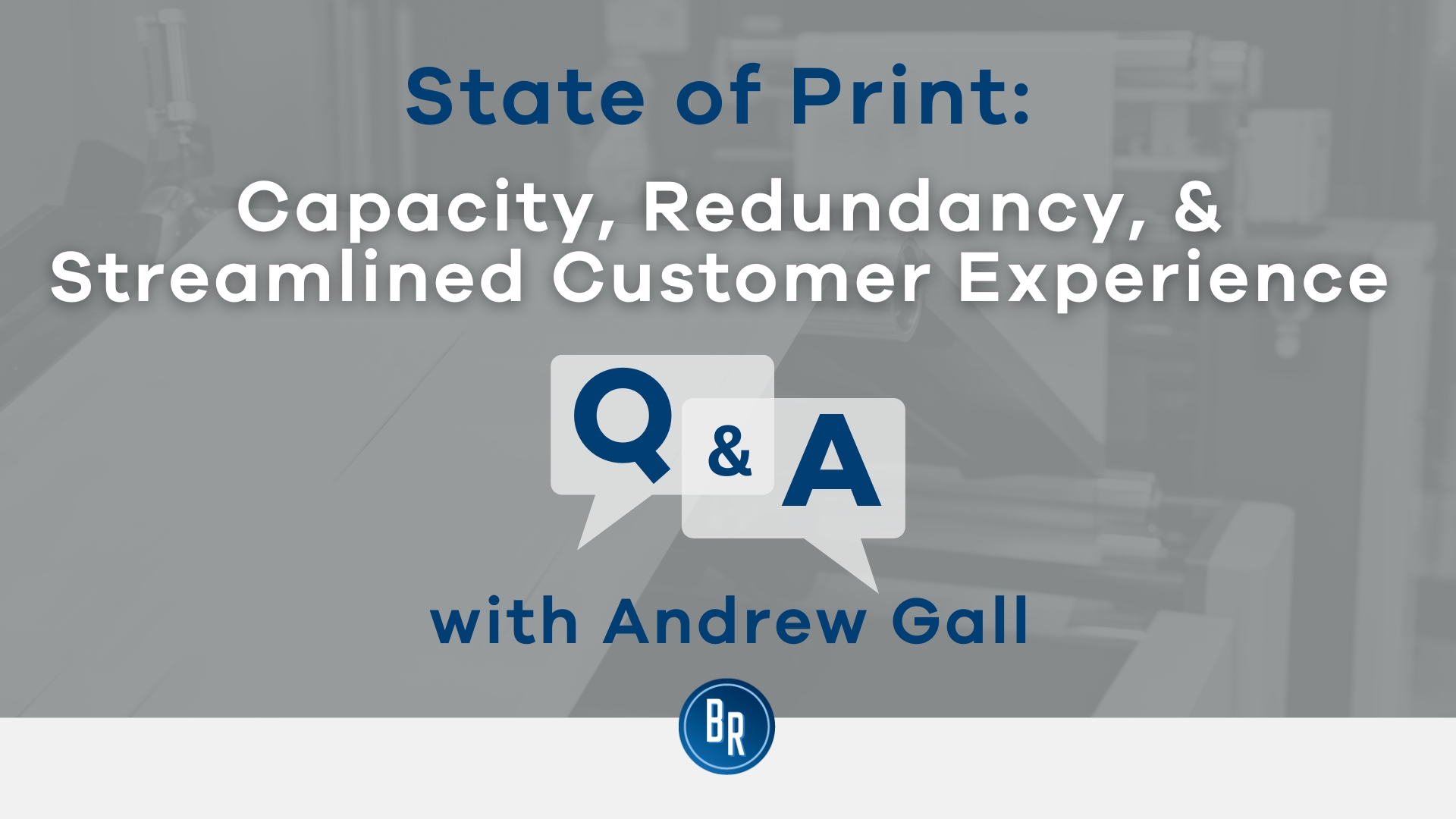Assessing the Devices of Business Redundancy and Its Influence on Staff Member Spirits
The mechanisms behind the decision-making processes leading to worker redundancies can have far-ranging results on spirits within a company. By discovering the detailed interplay between business downsizing approaches, employee reactions, and business strength, a clearer image emerges of the intricate dancing between business needs and human feelings.

Effect of Business Redundancy on Spirits
The considerable rise in firm redundancies has had an extensive influence on employee morale in current months. As organizations navigate financial difficulties, the decision to downsize or reorganize operations often causes enhanced degrees of uncertainty and stress and anxiety among workers. The concern of shedding one's job, combined with the raised work for continuing to be team, can create a demanding workplace that dampens morale.
Staff members that witness their associates being given up might experience survivor guilt, really feeling happy for their own setting while also facing feelings of despair and insecurity. This emotional chaos can adversely affect productivity and interaction, as people struggle to focus among the upheaval.
Furthermore, the absence of transparency surrounding the redundancy process can better wear down count on and self-confidence in business management. if a company goes bust who pays redundancy. When staff members feel uninformed or neglected throughout such stormy times, their commitment to the company reduces, and morale plummets
Factors Leading to Company Downsizing
Amidst economic unpredictabilities, companies frequently encounter the difficult job of identifying and attending to crucial elements that necessitate downsizing their procedures. One significant aspect leading to business downsizing is economic instability. When a firm experiences monetary difficulties such as decreasing earnings, raising prices, or excessive debt, downsizing may come to be a required procedure to make certain the organization's sustainability. Technological innovations likewise play a vital duty in firm scaling down. Automation and the fostering of more effective procedures can bring about a minimized need for human labor, causing workforce reductions. Market fluctuations and changes in customer preferences are extra factors that can trigger scaling down initiatives. Firms should adjust to progressing market problems to remain affordable, and this in some cases includes restructuring procedures and reducing labor force size. In addition, procurements and mergings can lead to redundancies, prompting firms to downsize to eliminate overlapping duties and streamline operations. Overall, a combination of economic challenges, technical changes, market characteristics, and business modifications typically drive firms in the direction of scaling down as a tactical decision.
Techniques for Mitigating Unfavorable Results
Factors leading to firm downsizing necessitate the execution of strategic steps aimed at minimizing the unfavorable impacts on both the company and its workers. Clear communication helps employees understand the reasons behind the redundancy, lessens unpredictability, and decreases anxiousness.
An additional important strategy is to focus on employee health throughout and after the scaling down period. This consists of offering accessibility to counseling solutions, creating a helpful setting for those remaining in the organization, and supplying chances for upskilling or retraining to boost their employability. Additionally, acknowledging and awarding the commitment and tough work of workers that stay can assist maintain inspiration and protect against a decrease in morale. By executing these techniques, business can navigate downsizing with even more empathy and mitigate the adverse effect on worker spirits.
Employee Resilience Amidst Redundancy
Navigating through durations of redundancy, workers are commonly called for to demonstrate strength when faced with organizational changes. Worker durability amidst redundancy describes the ability of people to adapt, deal, and recover from the obstacles positioned by potential job loss. This strength can materialize in various ways, Homepage such as preserving a favorable mindset, seeking out brand-new chances, upskilling, and networking to improve employability.
Resistant staff members commonly show a growth mindset, seeing troubles as temporary and focusing on understanding and growth. They are proactive in managing their feelings, looking for support when needed, and preserving a feeling of positive outlook concerning the future. In addition, resilient staff members are extra likely to welcome change, see it as a chance for expert and personal growth, and continue to be committed to their occupation progression in spite of the uncertainty produced by redundancy.
Organizations can support worker strength via transparent communication, providing accessibility to resources for upskilling and re-training, providing job counseling solutions, and acknowledging and compensating staff members who demonstrate resilience during challenging times. By fostering a culture of strength, companies can assist workers navigate redundancy much more successfully and emerge more powerful from the experience.
Building an Inspired Workforce Post-Redundancy
In the after-effects of business restructuring and worker strength amidst redundancy, fostering a determined labor force comes to be wikipedia reference vital for the company's future success and staff member wellness. Building an inspired workforce post-redundancy needs a tactical technique that focuses on restoring trust fund, boosting morale, and re-engaging staff members. Communication plays a critical function in this process, as transparent and open discussion can assist workers comprehend the reasons behind the redundancies and the firm's vision relocating ahead.
Providing chances for staff member growth and growth is an additional crucial element of constructing a determined labor force post-redundancy. Using training programs, mentorship opportunities, and career innovation potential customers can assist staff members feel valued and purchased their future within the organization - if a company goes bust who pays redundancy. Acknowledging and compensating workers for their contributions, especially throughout challenging times, can also enhance spirits and motivation

Conclusion
To conclude, firm redundancy can have a considerable effect on staff member morale, resulting in lowered inspiration and job satisfaction. Recognizing the variables that add to downsizing and applying methods to mitigate negative effects is critical for keeping employee resilience throughout difficult times. By cultivating an encouraging work atmosphere and supplying possibilities for professional growth, firms can rebuild a determined workforce post-redundancy.
The significant rise in firm redundancies has had an extensive impact on worker spirits in current months. By executing these strategies, business can navigate downsizing with more compassion and alleviate the unfavorable effect on staff member spirits.
In the after-effects of business restructuring and staff member resilience in the middle of redundancy, see this site cultivating an inspired labor force comes to be critical for the firm's future success and staff member wellness. Communication plays a crucial role in this process, as open and transparent dialogue can aid staff members recognize the reasons behind the redundancies and the firm's vision relocating forward.
In conclusion, business redundancy can have a significant effect on employee spirits, leading to decreased inspiration and work complete satisfaction. (if a company goes bust who pays redundancy)